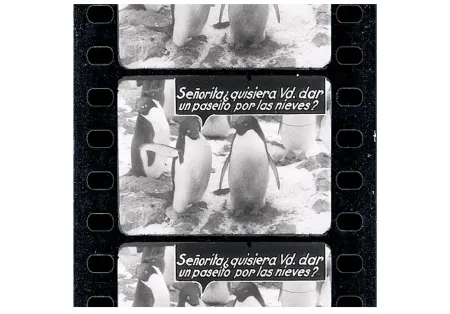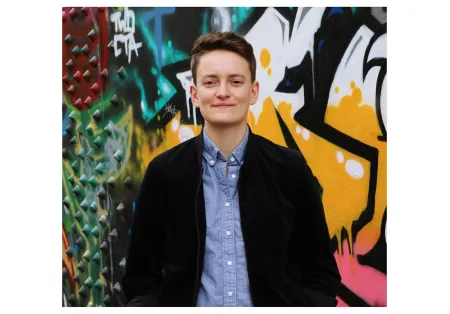Given the roles I have inhabited for FLEFF, graduate assistant to the Co-Directors in 2018 and 2019 and Associate Producer for Outreach and Engagement in 2021, I have rarely afforded myself the privilege of full immersion into the festival.
Always reserving a measure of my attention to production logistics, my experience of FLEFF is usually that of an assemblage of moments and encounters registered in passing (and I quite like it that way).
The one exception to this routine is FLEFF’s live-scored silent film screenings. ENTRE LOS HIELOS DE LAS ISLAS ORCADAS/AMONG THE ICE OF THE SOUTH ORKNEY ISLANDS (1927), the first such production that I was actively involved in, remains one of my most formative festival memories.
The film itself is a remarkable object: a rare document of an Argentinian expedition to Antarctica, shot in 1926 and 1927 by meteorologist José Manuel Moneta, lost for decades, then recovered and restored by Andres Levinson of the Museo del Cine Pablo C. Ducrós Hicken in Buenos Aires. Levinson, who recounts a detailed history of Entre los Hielos here,joined the 2018 screening and discussion and has since become a regular collaborator of the festival.
Crafted by producers extraordinaire Ann Michel and Phil Wilde, the sold out FLEFF screening of ENTRE LOS HIELOS was prefaced with a performative introduction by Cynthia Henderson and accompanied by Cloud Chamber Orchestra, a local group whose ethereal sound textures created a deeply immersive ambience for the film.
This magnificent constellation left me, for once, completely transfixed.
The event remains a touchstone for me, not just due to this embodied experience. It also encapsulates for me FLEFF’s expanded notion of the environment and capacity to galvanize conversation and community across space and time.
The screening of ENTRE LOS HIELOS probed questions on the territorial politics and cinematic histories of the Argentine Antarctic, archival trajectories and preservation, as well as ecological change and habitat loss. All this was mediated through a complex juxtaposition of elements.

